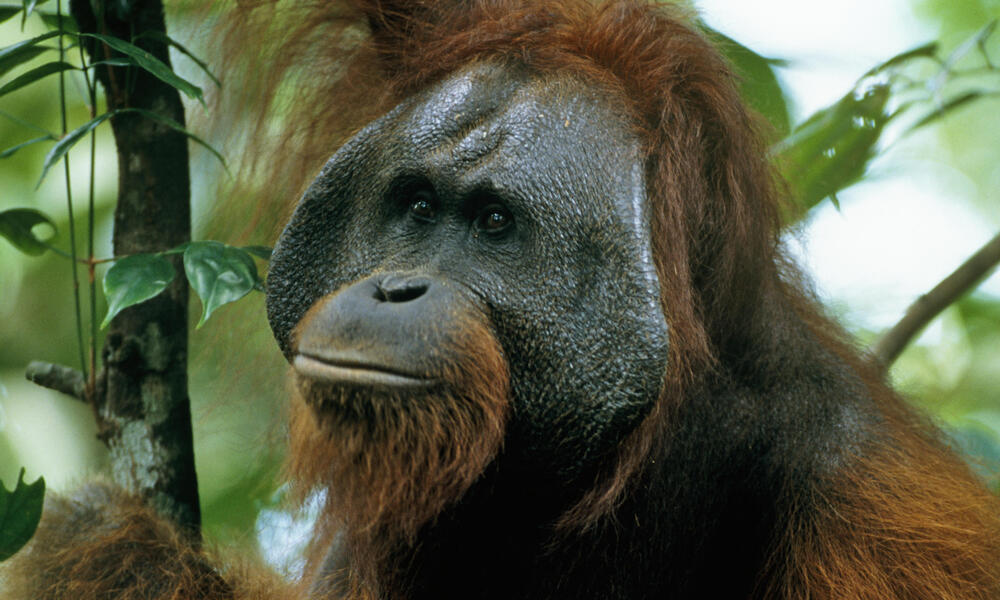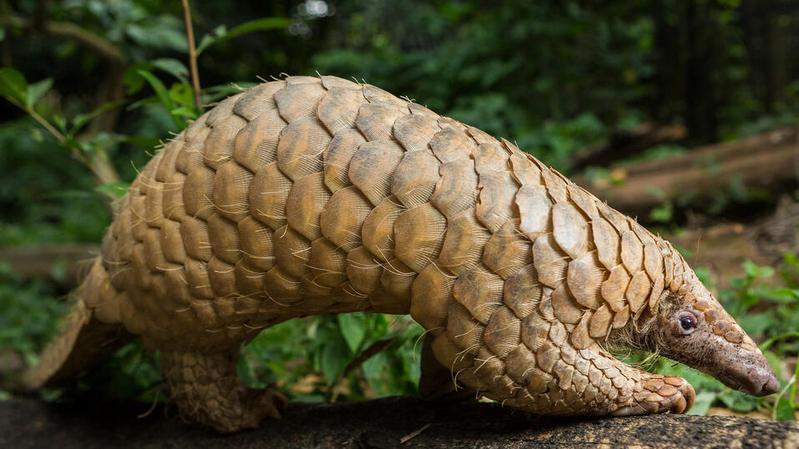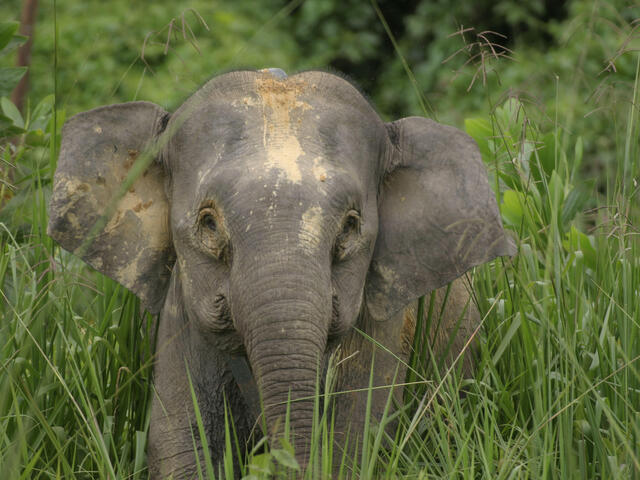Malaysia is home to some of the world’s rarest and most endangered mammals due to its rich biodiversity and vast tropical rainforests. However, habitat loss, poaching, and environmental degradation have put many of these unique species at risk. Below is a detailed look at some of the rarest mammals found in Malaysia, exploring their habitats, behaviors, and the conservation challenges they face.
Malayan Tiger

The Malayan tiger (Panthera tigris jacksoni) is perhaps the most iconic and critically endangered mammal in Malaysia. Found primarily in the central and southern parts of Peninsular Malaysia, this subspecies of tiger has seen a drastic decline in population due to poaching and habitat fragmentation. It is estimated that fewer than 150 individuals remain in the wild.
These tigers require large territories and dense forests to thrive, making deforestation a major threat. Despite being a national symbol of Malaysia, efforts to protect the Malayan tiger have been slow, though recent conservation campaigns are beginning to gain momentum.
Malayan Tapir

The Malayan tapir (Tapirus indicus) is the only tapir species found in Asia and is easily recognized by its distinctive black and white coloration. This solitary and nocturnal herbivore inhabits lowland rainforests across Peninsular Malaysia and parts of southern Thailand and Sumatra.
It is classified as endangered due to habitat loss, roadkill incidents, and hunting. Tapirs play an important ecological role by helping to disperse seeds, thus maintaining the health of forest ecosystems. Unfortunately, their shy and elusive nature makes them difficult to study, which further complicates conservation efforts.
Bornean Orangutan

The Bornean orangutan (Pongo pygmaeus) is one of only two species of great apes found in Malaysia, residing exclusively in the forests of Sabah and Sarawak on the island of Borneo. Orangutans are highly intelligent, primarily frugivorous, and spend most of their lives in trees.
However, extensive logging, palm oil plantations, and illegal hunting have pushed them to the brink of extinction. Conservation organizations are working tirelessly to rehabilitate and release orphaned and displaced orangutans, but their population continues to decline.
As slow breeders with long interbirth intervals, orangutans are particularly vulnerable to rapid environmental changes.
Sunda Pangolin

The Sunda pangolin (Manis javanica) is a nocturnal, insect-eating mammal covered in protective keratin scales. It is native to Peninsular Malaysia and parts of Borneo. This elusive animal is the most trafficked mammal in the world, largely due to demand for its meat and scales in traditional medicine.
Though protected by law, pangolins are often victims of illegal wildlife trade networks. Their shy nature and tendency to roll into a ball when threatened make them easy targets for poachers. With populations in rapid decline, the Sunda pangolin is now classified as critically endangered.
Flat-headed Cat
The flat-headed cat (Prionailurus planiceps) is a small and extremely rare wild cat native to lowland wetlands and forests in Peninsular Malaysia and Borneo. Its unique appearance includes a flattened skull and partially webbed feet, adaptations suited for hunting fish and aquatic prey.
Unfortunately, the species is severely threatened by habitat destruction, particularly the draining of wetlands and conversion of forests to agricultural land. Very little is known about the flat-headed cat due to its secretive habits and rare sightings in the wild, making conservation planning a significant challenge.
Bornean Pygmy Elephant

The Bornean pygmy elephant (Elephas maximus borneensis) is the smallest subspecies of Asian elephant, found only in the northeastern region of Borneo, particularly in Sabah. These elephants are generally more docile and smaller than their mainland counterparts. Despite their gentle nature, they are under severe threat from habitat encroachment and human-elephant conflict.
As forests are cleared for development and plantations, elephants often stray into human settlements, leading to crop destruction and retaliatory killings. Conservation efforts focus on creating wildlife corridors and minimizing human-wildlife conflict to ensure their survival.
In conclusion, Malaysia is a biodiversity hotspot that hosts some of the world’s rarest mammals. While these species contribute immensely to ecological balance and natural heritage, their existence is increasingly under threat.
Effective conservation strategies, stricter law enforcement, public awareness, and sustainable land management are critical in ensuring that future generations can continue to witness the unique wildlife that calls Malaysia home.



















